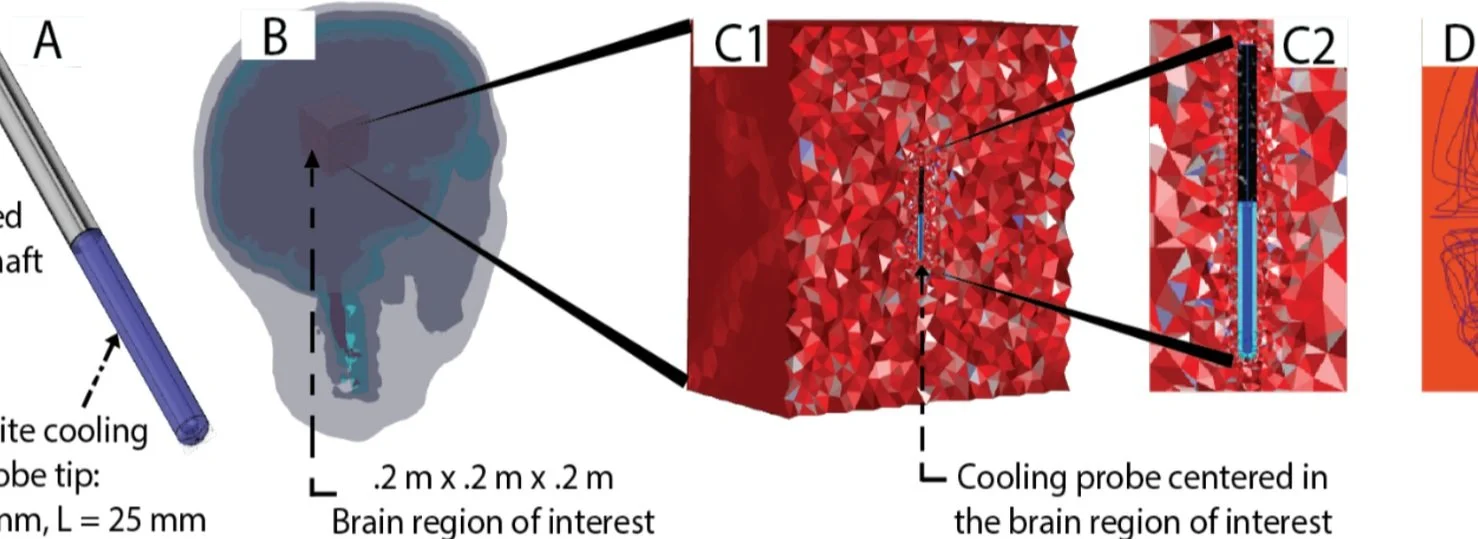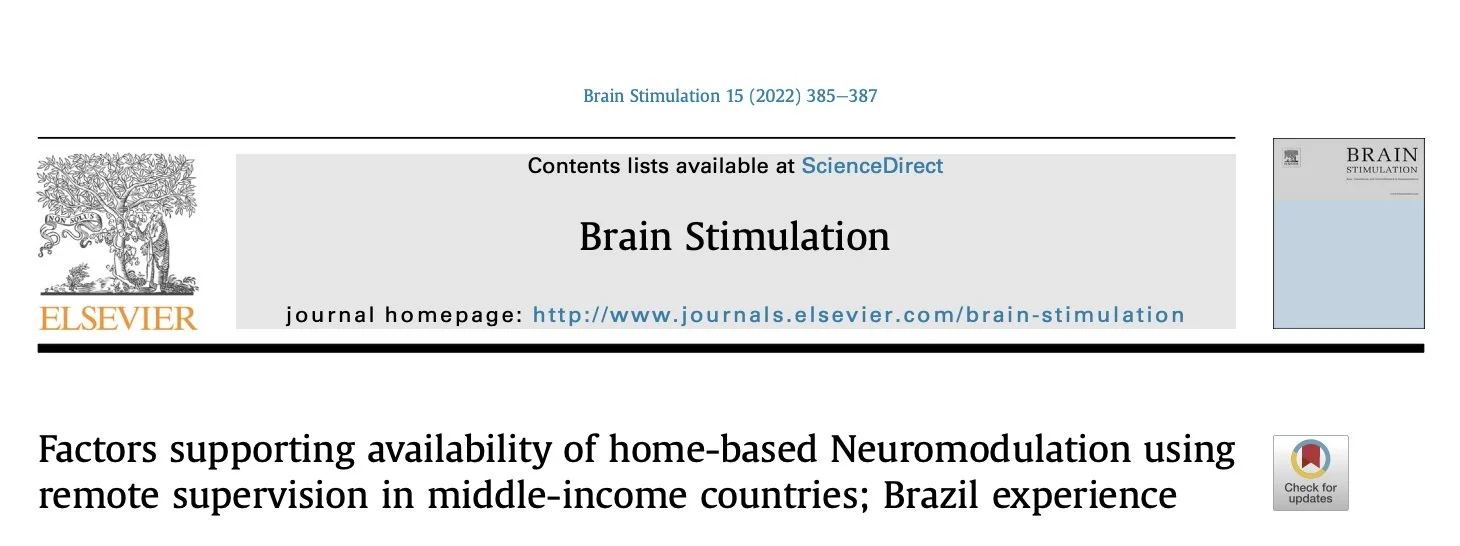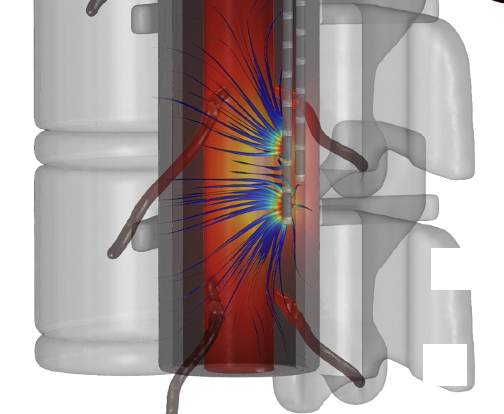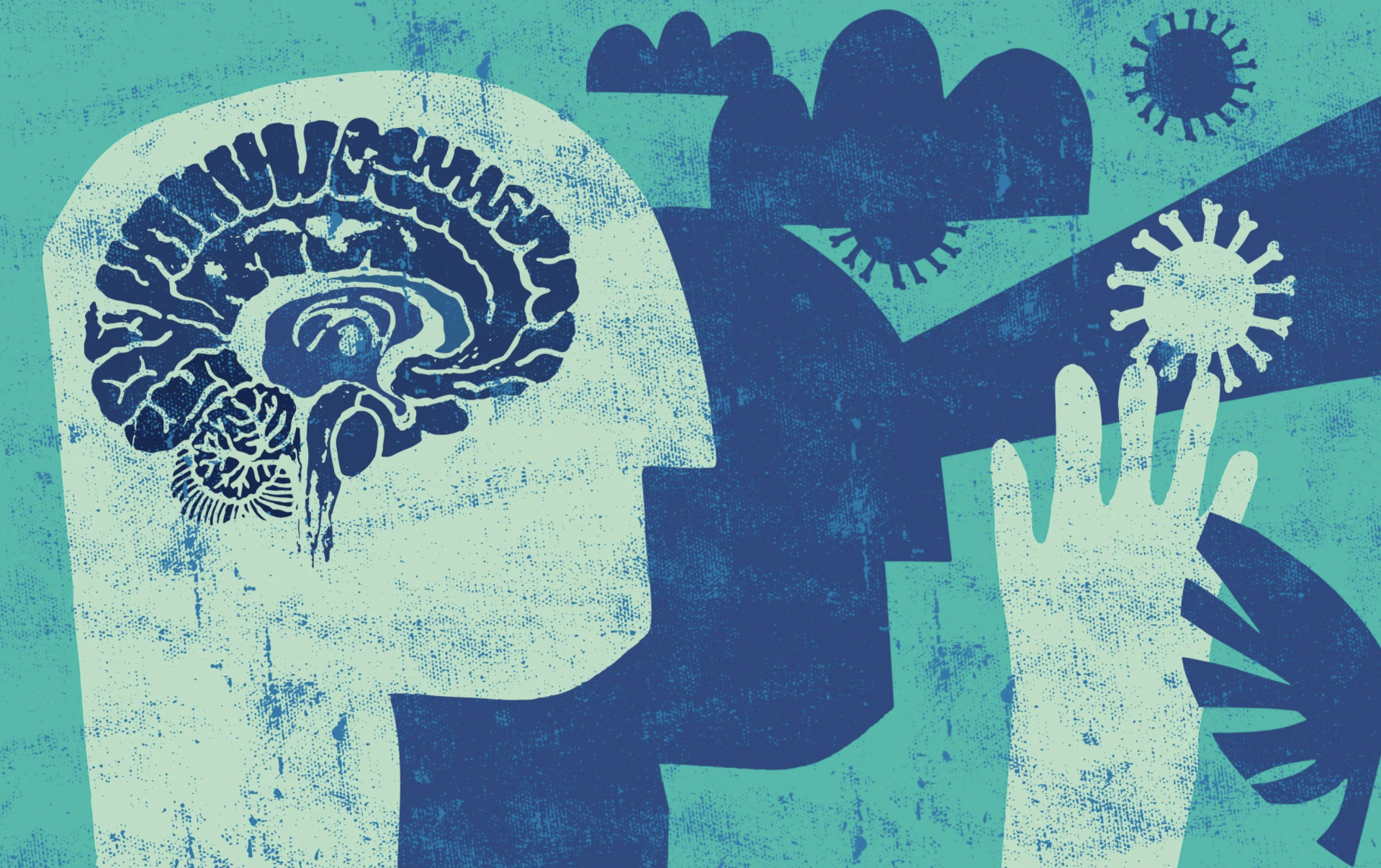Andrea Antal, Bruce Luber, Anna-Katharine Brem, Marom Bikson, Andre R Brunoni, Roi Cohen Kadosh, Veljko Dubljevic, Shirley Fecteau, Florinda Ferreri, Agnes Flöel, Mark Hallett, Roy H. Hamilton, Christoph S. Herrmann, Michal Lavidor, Collen Loo, Caroline Lustenberger, Sergio Machado, Carlo Miniussi, Vera Moliadze, Michael A Nitsche, Simone Rossi, Paolo M. Rossini, Emiliano Santarnecchi, Margitta Seeck, Gregor Thut, Zsolt Turi, Yoshikazu Ugawa, Ganesan Venkatasubramanian, Nicole Wenderoth, Anna Wexler, Ulf Ziemann, Walter Paulus,
Non-invasive brain stimulation and neuroenhancement
Clinical Neurophysiology Practice, 2022 ISSN 2467-981X, https://doi.org/10.1016/j.cnp.2022.05.002.
(https://www.sciencedirect.com/science/article/pii/S2467981X2200021X)
Abstract: Attempts to enhance human memory and learning ability have a long tradition in science. This topic has recently gained substantial attention because of the increasing percentage of older individuals worldwide and the predicted rise of age-associated cognitive decline in brain functions. Transcranial brain stimulation methods, such as transcranial magnetic (TMS) and transcranial electric (tES) stimulation, have been extensively used in an effort to improve cognitive functions in humans. Here we summarize the available data on low-intensity tES for this purpose, in comparison to repetitive TMS and some pharmacological agents, such as caffeine and nicotine. There is no single area in the brain stimulation field in which only positive outcomes have been reported. For self-directed tES devices, how to restrict variability with regard to efficacy is an essential aspect of device design and function. As with any technique, reproducible outcomes depend on the equipment and how well this is matched to the experience and skill of the operator. For self-administered non-invasive brain stimulation, this requires device designs that rigorously incorporate human operator factors. The wide parameter space of non-invasive brain stimulation, including dose (e.g., duration, intensity (current density), number of repetitions), inclusion/exclusion (e.g., subject’s age), and homeostatic effects, administration of tasks before and during stimulation, and, most importantly, placebo or nocebo effects, have to be taken into account. The outcomes of stimulation are expected to depend on these parameters and should be strictly controlled. The consensus among experts is that low-intensity tES is safe as long as tested and accepted protocols (including, for example, dose, inclusion/exclusion) are followed and devices are used which follow established engineering risk-management procedures. Devices and protocols that allow stimulation outside these parameters cannot claim to be “safe” where they are applying stimulation beyond that examined in published studies that also investigated potential side effects. Brain stimulation devices marketed for consumer use are distinct from medical devices because they do not make medical claims and are therefore not necessarily subject to the same level of regulation as medical devices (i.e., by government agencies tasked with regulating medical devices). Manufacturers must follow ethical and best practices in marketing tES stimulators, including not misleading users by referencing effects from human trials using devices and protocols not similar to theirs.
Keywords: Neuroenhancement; Cognitive enhancement; Transcranial brain stimulation; tDCS; tACS; Home-stimulation; DIY stimulation











































